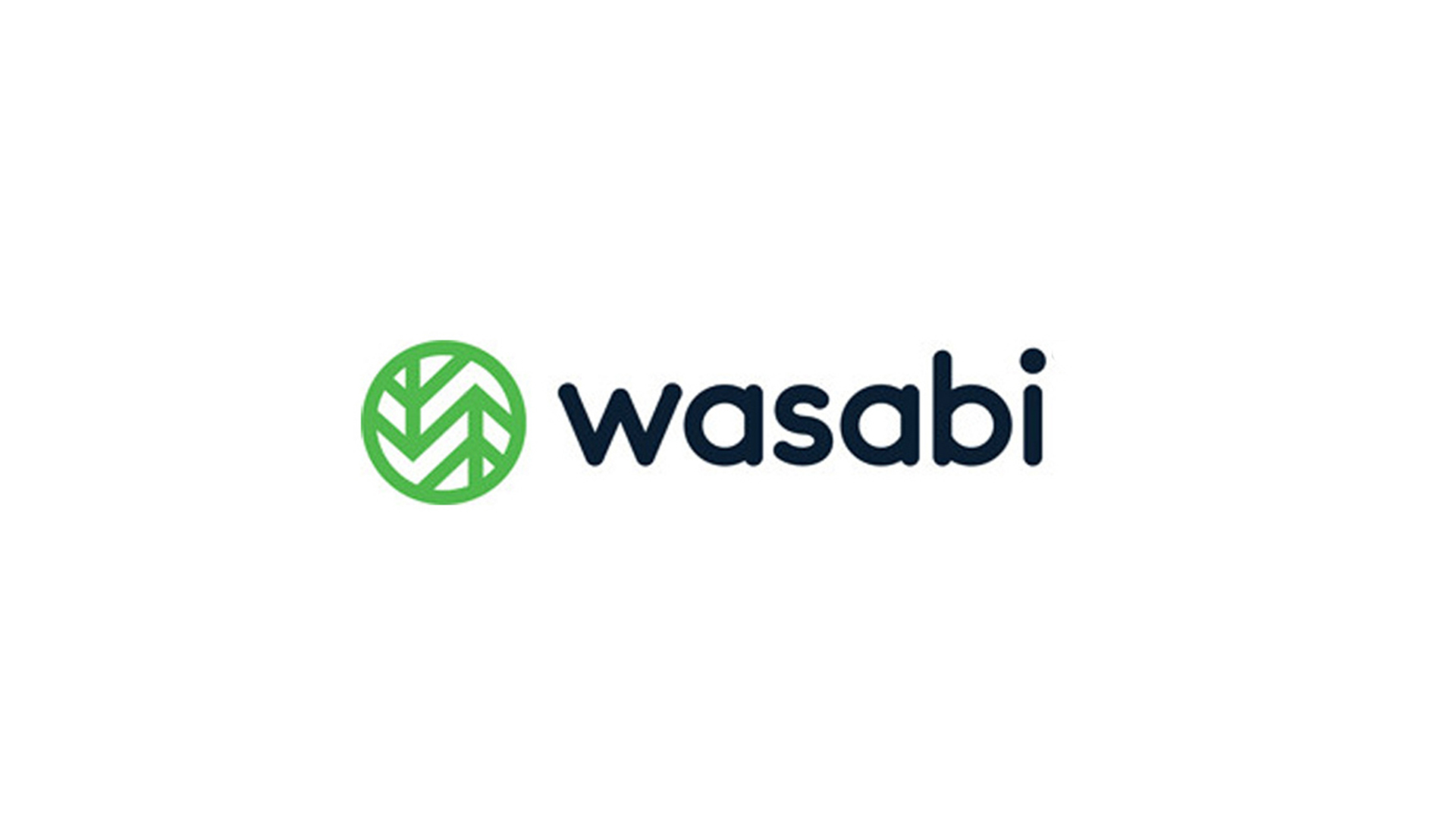Propositions and pricing for customers and partners
Vendors: Do you really understand what your partner value proposition is?

Audi have met my personal and family transport needs but never asked me directly what I wanted. I’ve never paid Audi anything directly and yet I consider myself an Audi customer, but also a customer of my local dealer. You can be sure that Audi regard me a valuable customer!
This prompts the question: Why does a customer buy your product and services? What is your pricing model to scale, according to the value delivered to suit smaller and larger customers?
Who do you sell to, customer or channel partner?
I occasionally hear “They’re not a customer, they’re a sales channel partner”. In order not to start a fight, it tends to be a mild debate taken as pure semantics and not important. But it is important. You may well invoice and get paid in the same way without understanding who your customer is, BUT responding to the needs of your true customers, you could:
1) Learn to deliver more value to the ultimate source of the cash
2) Charge more of the added value delivered
3) Build a brand that the end customers seek out
Stay up to date with the latest Channel industry news and analysis with our twice-weekly newsletter
4) Be in a better position to negotiate your channels and margins
Otherwise, as the saying goes “If you don’t have a plan, you’re merely part of someone else’s plan”.
Customer propositions and sales channel partners
On the other hand, I regularly have the discussion “That’s your customer value proposition, now what’s your partner value proposition?” This is a natural progression for a company that is selling directly and starting to grow their sales channel network and seeking the magic formula to better ensure success in partner recruitment and on-boarding.
It is important to be able to demonstrate your customer value proposition to partners, to enable them to assess the effort in winning new customers. But this discussion can quickly get to 'what’s in it for the partner'?
If you sell a solution that fits with industry standard channel sales models, such as enterprise solutions with services and licences through system integrators, or anti-virus through IT service companies, then the partner will see clearly how it will work. BUT you, as the vendor, need to see clearly what the partner value proposition is.
Your partner value proposition
Having a clear partner value proposition enables faster decisions, clearer paths, time saved in so many areas. With some of our clients we have probably achieved a return on investment on airfares and travel time alone in bringing clarity to partner fit and partner value proposition.
There are so many sales channel partnerships with signed agreements and failed to start because the Partner Value Proposition wasn’t developed sufficiently or at all.
Vendor + partner joint customer proposition
As a vendor, how do you help your partner to grow their business successfully? How do vendor and partner demonstrate to the end-customer of the value in the partnership? What is your joint customer value proposition?
If you buy a car from a local dealer, you are not only looking to brand and value of the car you are also considering the after sale customer service you will receive. It’s not just about the vendor and not just about the local partner. It is the joint capabilities.
Product managers and channel partners
A vendor’s customer value proposition typically is the result of marketing and product management listening to the market, gathering customer needs and directing the product and service offering development.
Too many times partner value proposition is an after-thought and not developed with the same care and attention as the customer value proposition.
Call to action for product managers: Listen to your sales channel partners also to develop partner value proposition, as small changes may result in easing your products sales through your channels.
Pricing for customers and sales channel partners
Some quick points:
- I believe a vendor should always seek to control end-user pricing even if this needs to be reviewed on a market-by-market basis. If you view your partner to be your customer, then you don’t control your end-user pricing and you don’t control many other things.
- If you sell direct and sell through partners then you need to ensure end customers get the same proposition and pricing.
- You need to structure the pricing model such that partners don’t just use your product to generate service business for themselves on the back of your product while you get minimal or no licence revenues from each deal. With one of our clients, there is a sell to and a sell through model with partners, whereby the partners buy the product and service initial to enable them to deliver better and more services to their customers. THEN the idea is that the partner would refer, co-sell or resell the product to the end-customer
- The pricing structure needs to be a partner based pricing model to the partner, if the partner gaining sales from multiple customers on the back of buying the initial service. The vendor needs to be getting some multiple on the back of the multiple customers the partner has.
Hopefully I’ve explained the above sufficient for you think clearly about who your true customer is and whether the path to the customer is clear through your sales channels. AND that the feedback on the market needs still exists to allow you to respond to the real market needs.
SaaS and sales channels: How do you motivate partners?
Donagh Kiernan is founder and CEO of Tenego Partnering, a business development services company providing hands-on international partner sales channels development for growing and established software product companies.
-
 Beyond firefighting: How IT can tackle hybrid work friction and prove business value
Beyond firefighting: How IT can tackle hybrid work friction and prove business valueSponsored IT must reduce hybrid work friction and prove tech’s value to business
-
 Cybersecurity experts face 20 years in prison following ransomware campaign
Cybersecurity experts face 20 years in prison following ransomware campaignTwo men used their tech expertise to carry out ALPHV BlackCat ransomware attacks
-
 Cisco names Oliver Tuszik as global sales chief
Cisco names Oliver Tuszik as global sales chiefNews Cisco has announced the appointment of Oliver Tuszik as its new executive vice president of global sales, who replaces Gary Steele.
-
 Selling on outcomes, not solutions – how the channel can improve sales success in 2025
Selling on outcomes, not solutions – how the channel can improve sales success in 2025Industry Insights The traditional solutions-led approach to channel sales needs to be adapted – here’s how
-
 Wasabi Technologies promotes Jon Howes to SVP of global sales
Wasabi Technologies promotes Jon Howes to SVP of global salesNews The industry veteran will lead the cloud storage firm’s global sales operations as it looks to further growth
-
 Why technology resellers are essential to UK government
Why technology resellers are essential to UK governmentIndustry Insights Technology resellers can play a pivotal role in supporting public sector digital transformation
-
 How the channel can maximize market opportunities for business growth
How the channel can maximize market opportunities for business growthIndustry Insights Adapting to emerging technology trends, fostering closer client relationships, and building a strong online presence will be key to maximizing channel growth
-
 Understanding the customer journey is key to building stronger client relationships
Understanding the customer journey is key to building stronger client relationshipsIndustry Insights Understanding the complexities of the modern customer journey will be key to fostering robust, long-term relationships with clients
-
 Building channel resilience in 2023 and beyond
Building channel resilience in 2023 and beyondIndustry Insights Building a resilient, robust channel ecosystem could be key to weathering current economic trends
-
 Veritas bolsters partner program with new incentives and rewards
Veritas bolsters partner program with new incentives and rewardsNews A simplified channel platform process will enable partners to focus on their core strengths in FY24, the company says